There is no way that the following pages will do full justice to the huge numbers of Leica cameras produced over the past 100 years. What we have here, then, is a brief look at some, though by no means all, of the significant cameras – rangefinder, single lens reflex (SLR), compact and digital – that have borne the Leica name during the past century.
Leica screw-lens cameras
The first Leicas had fixed lenses, but soon interchangeable lens models were introduced that used a screw thread with a 39mm diameter and 26 threads-per-inch pitch. This became known as the L39 or Leica Thread Mount (LTM).
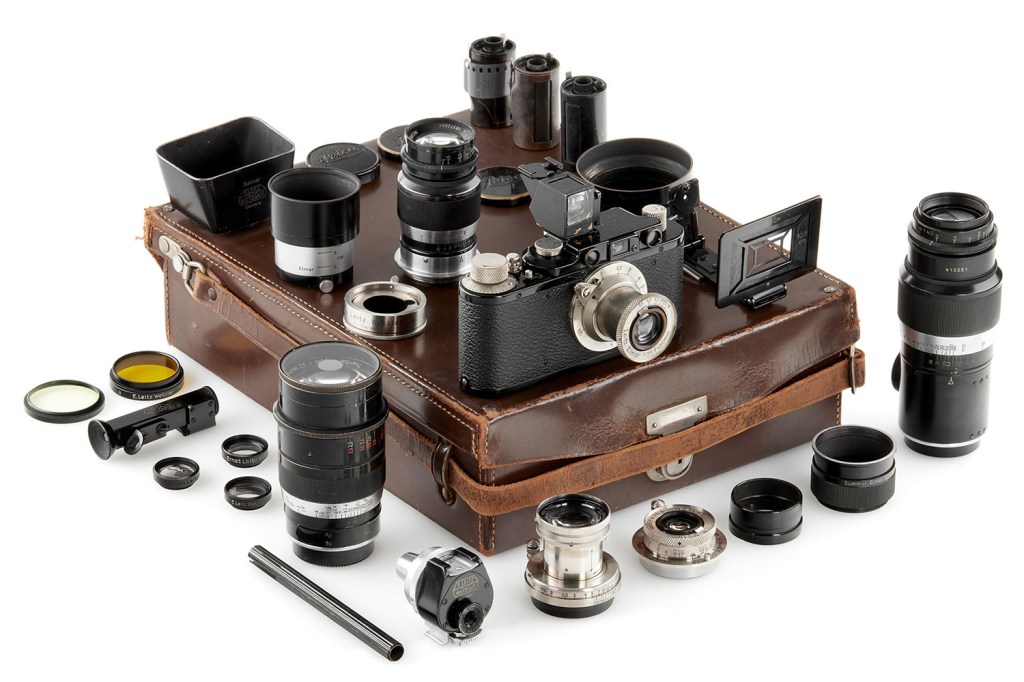
1925: Leica I Model A
Introduced with 50mm f/3.5 Anastigmat lens, then Elmax, followed by Elmar fixed lenses. Eye-level viewfinder separately mounted on top plate. Followed by the Model B with Compur shutter in 1926 and Model C with interchangeable lenses in 1930.
1929: Leica Luxus
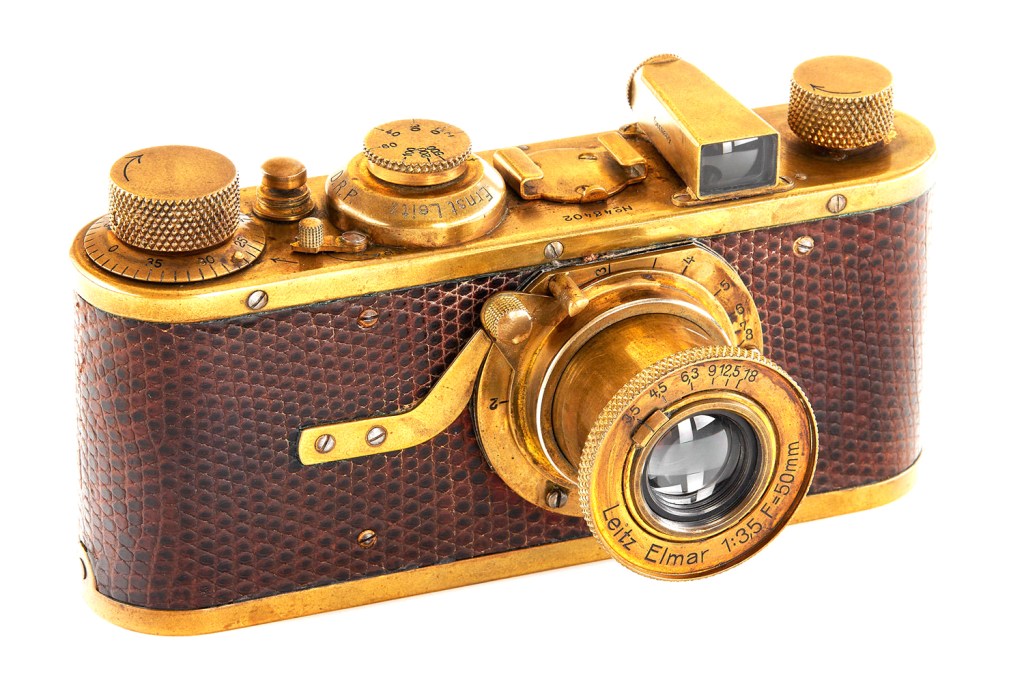
Rare version of the Model A with a lizard skin covered body and gold-plated metal parts.
1932: Leica II Model D
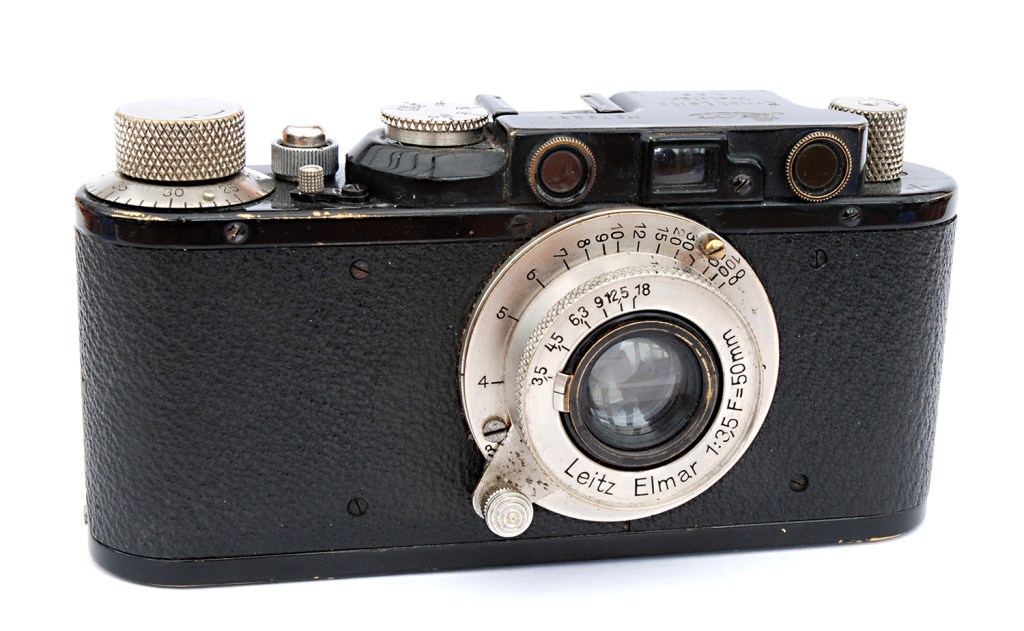
First Leica to incorporate a rangefinder automatically coupled to lenses from 35mm to 135mm. Rangefinder and viewfinder incorporated into new top cover with separate eyepieces.
1933: Leica III Model F
Slow speeds added down to 1sec using a separate rotating knob beside the lens. Diopter adjustment in viewfinder. Top speed increased from 1/500sec to 1/1,000sec with IIIa in 1935.
1935: Leica IV
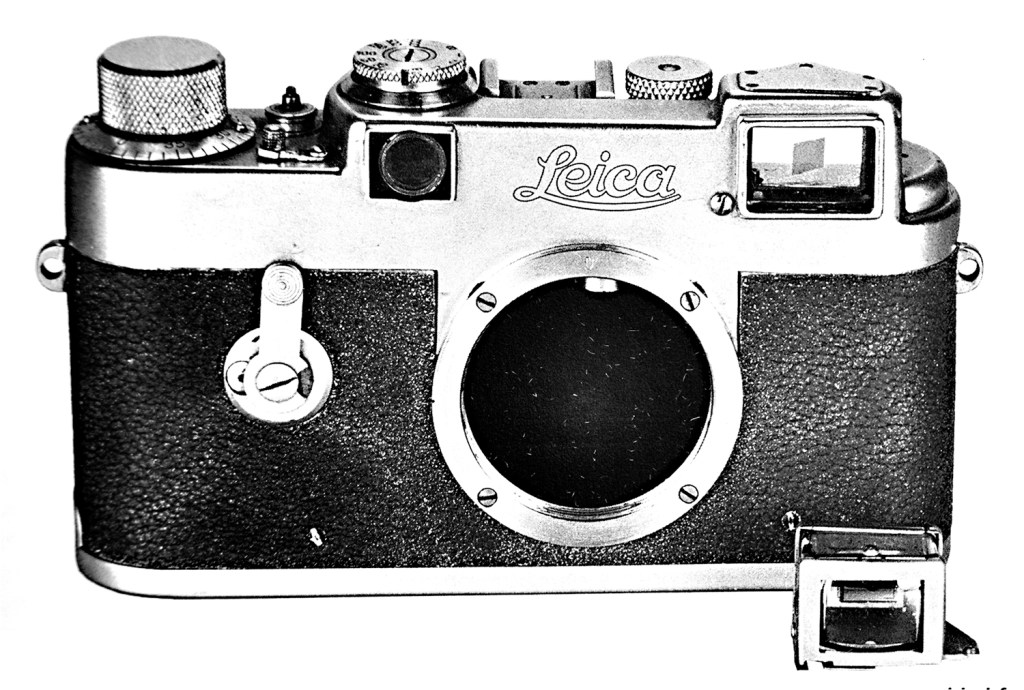
Existing today only as a single prototype, the Leica IV looks like a cross between the screw lens cameras and the M cameras yet to come. Combined viewfinder and long-base rangefinder interchangeable for different focal lengths, L39 screw mount built into a new housing.
1938: Leica IIIb
Rangefinder and viewfinder eyepieces placed closer together for easier use. Made in a new diecast frame body as the Leica IIIc in 1940.
1950: Leica 72
Built by Ernst Leitz Canada and based on a Leica IIIa, to shoot 72 18x24mm exposures on 36-exposure 35mm film.
1950: Leica IIIf
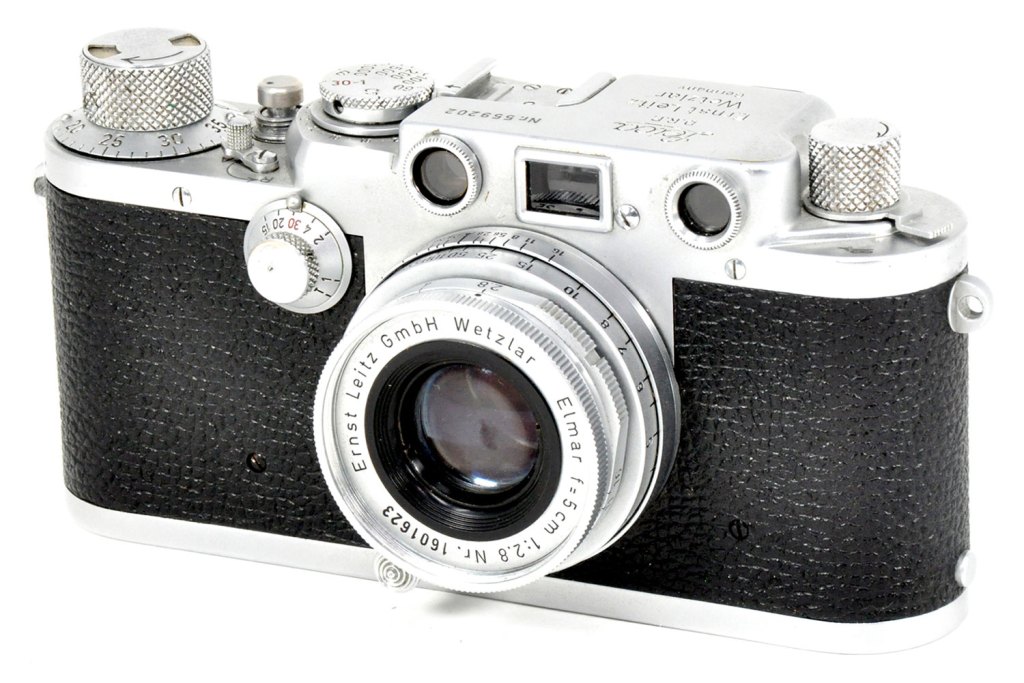
Similar to the IIIc but with flash synch added via a socket in the back next to the viewfinder. Synchronisation available at all shutter speeds, achieved by setting a number between 0 and 20 on a scale beneath the shutter speed dial. The number varied according to the type of flashbulb or electronic flash and the shutter speed set, as detailed in the instruction book. In early cameras, the dial is engraved in black. In 1952, when the shutter was improved with a more modern configuration of speeds, the engraving was changed to red. Hence IIIf cameras are described as ‘black dial’ or ‘red dial’ models.
1956: Leica IIIg
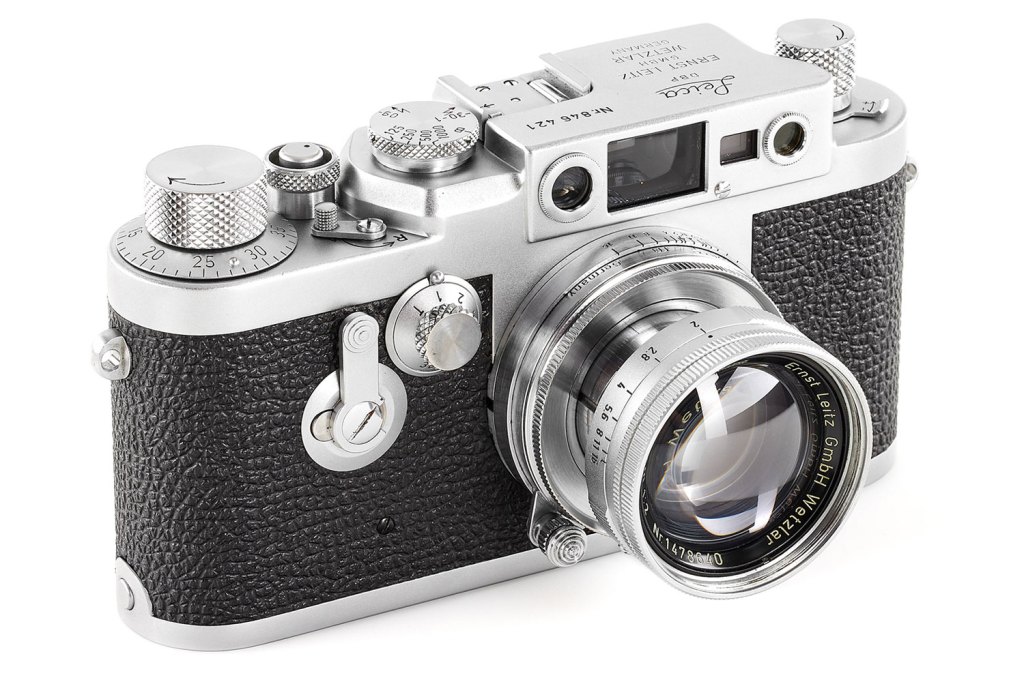
Improvements over previous models include a larger viewfinder with half-size image and bright frames for 50mm and 90mm lenses that move with focusing to compensate for parallax. Delayed action added. Shutter speeds of 1-1/1,000sec, still operated by two dials, now configured in geometric progression – i.e. 1/30, 1/60, 1/125, 1/250… etc.
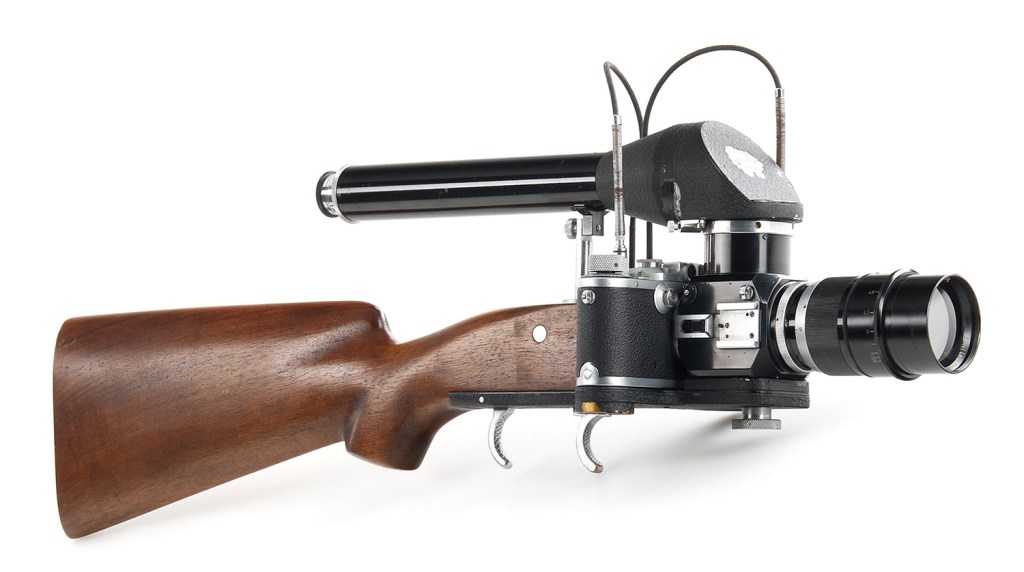
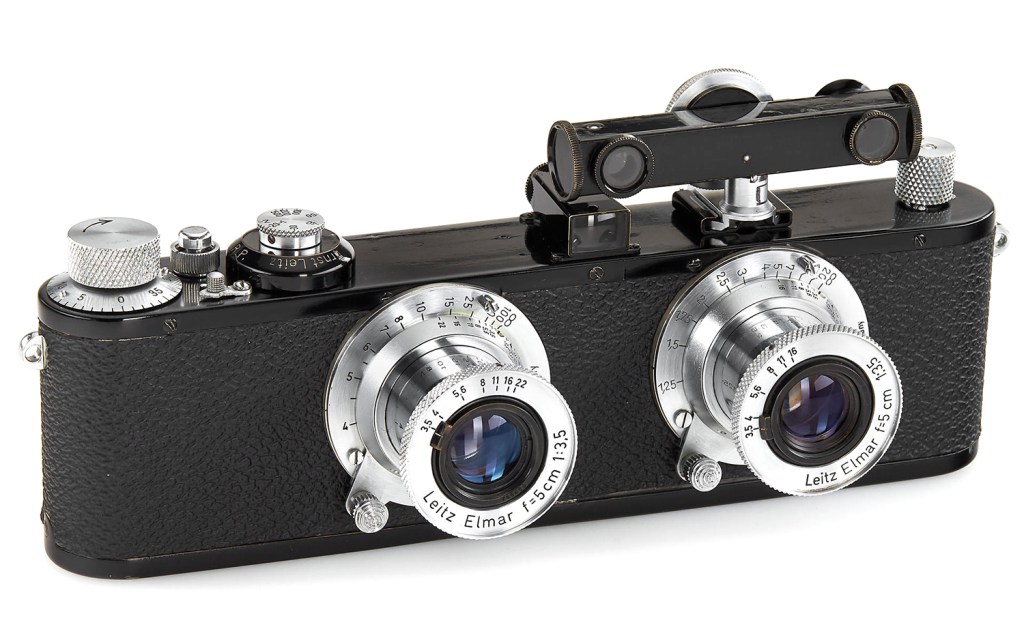
Leica M cameras
Leica’s M-series of cameras represented a total rethink in style and design. The screw mount was replaced by the M-mount bayonet fitting, rangefinder and viewfinder were combined into a single unit.
1948: M3 prototype
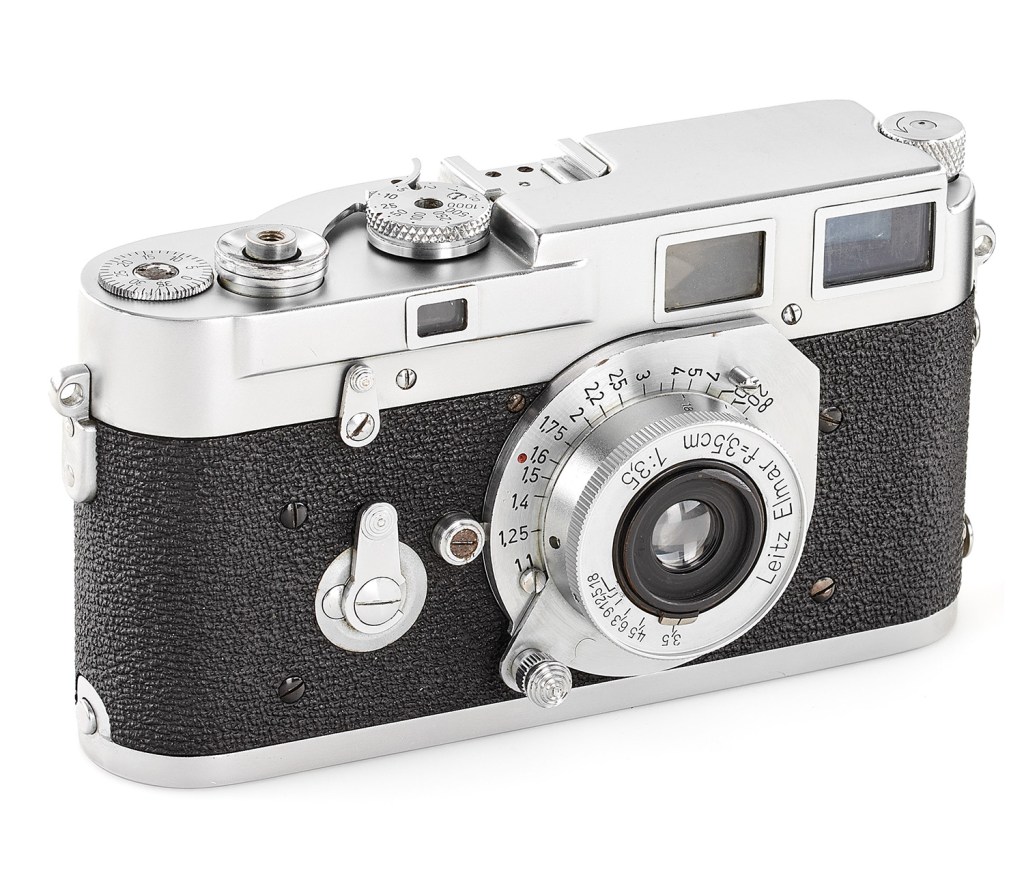
Early prototypes were similar to the upcoming M3, but with no serial number or engravings, slightly shorter body length, different strap lugs, uniquely styled film wind lever and a flat style for frames surrounding viewfinder and rangefinder windows.
1954: Leica M3
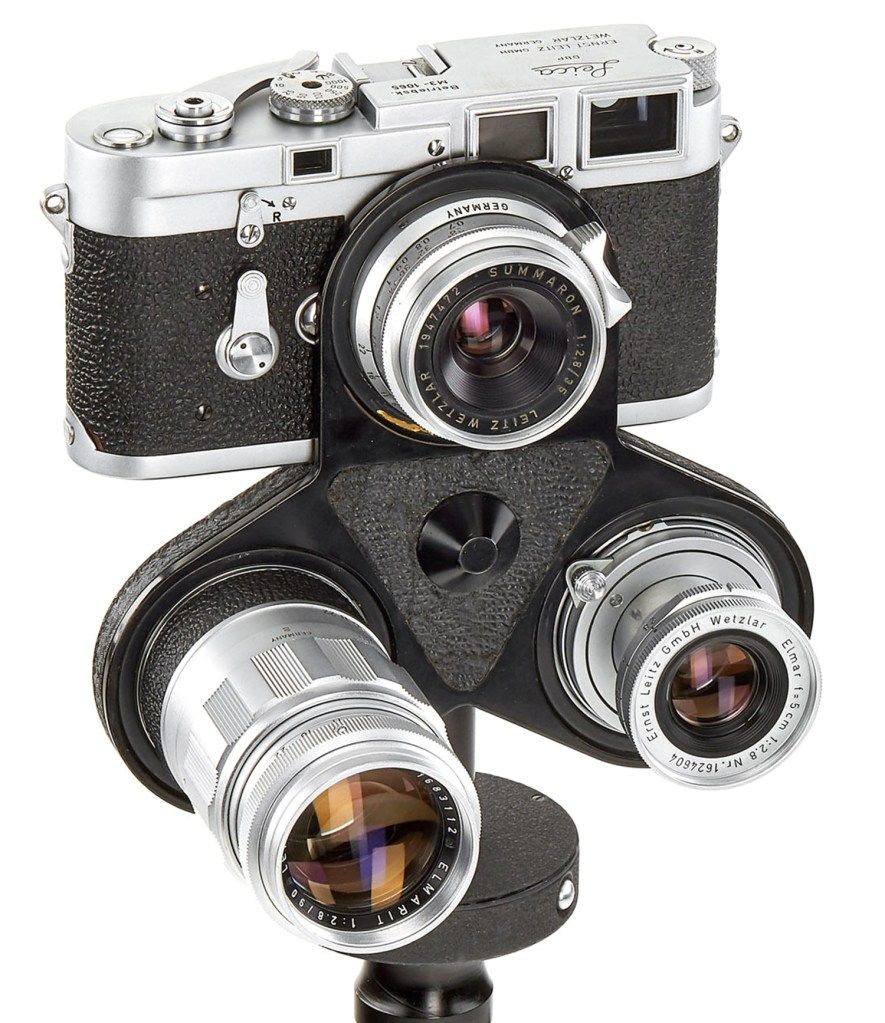
First production model. New longer base rangefinder for more accurate focusing, shutter speed setting confined to a single dial, delayed action fitted. The viewfinder gives a 90% life size image and contains parallax corrected bright frames which appear automatically as 50mm, 90mm or 135mm lenses are fitted. Film loading made easier by the addition of a door in the back. Mostly made with chrome bodies, but a small number made in black. Early models used a double stroke for the film wind lever, later standardised to single stroke.
1956: Leica MP
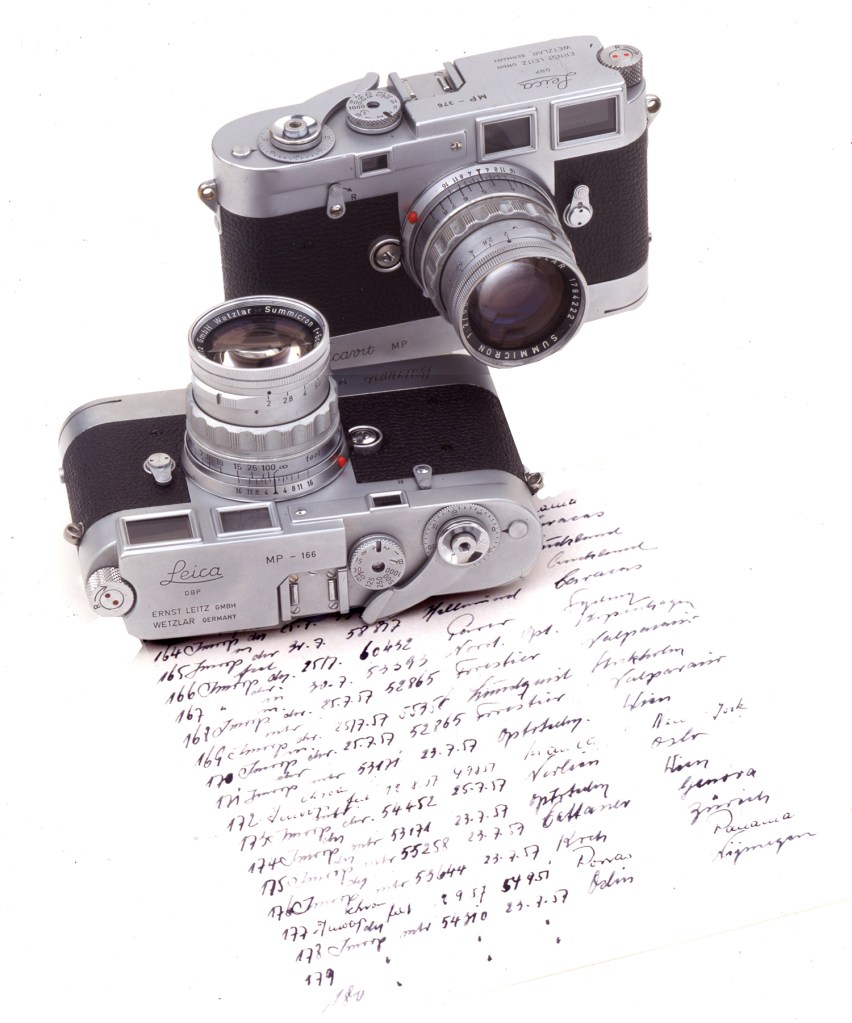
Similar to the M3 but made for the professional market. Two-stroke film wind, no delayed action and equipped with a Leicavit MP rapid wind base, allowing the film to be rapidly advanced by a trigger-like lever.
1958: Leica M2
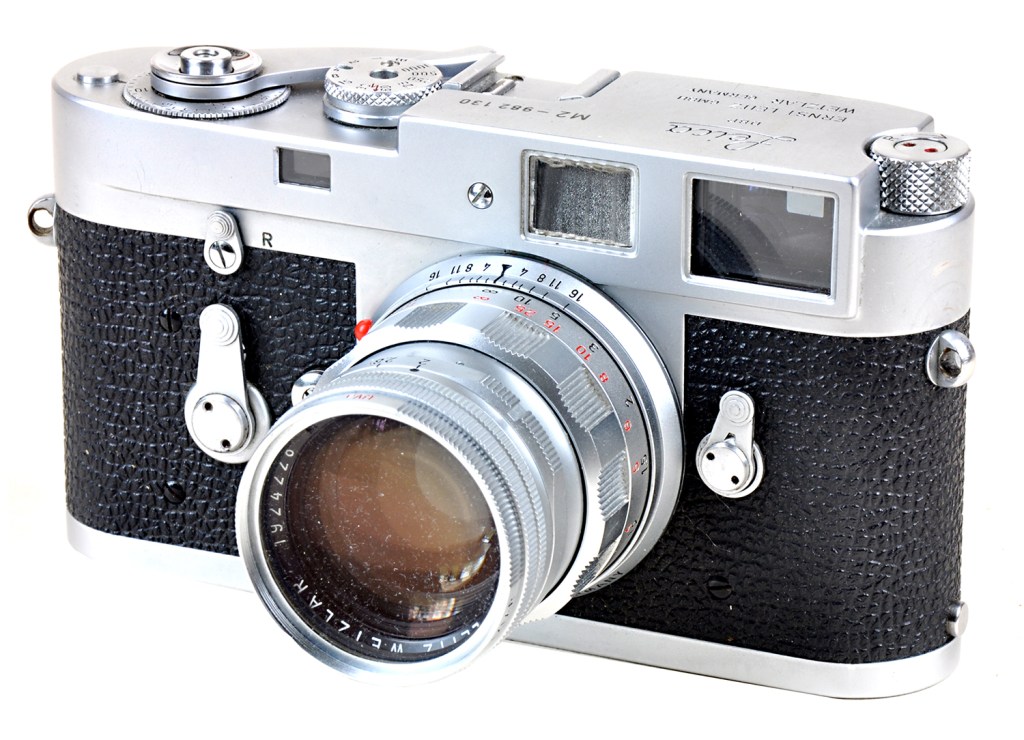
Slightly stripped down version of the M3 without automatic frame counter reset. Viewfinder bright frames automatically change for 35mm, 50mm and 90mm lenses.
1967: Leica M4
Slanted rewind crank for easier use, improved film loading and automatically adjusted viewfinder bright frames for 35mm, 50mm, 90mm and 135mm lenses.
1971: Leica M5
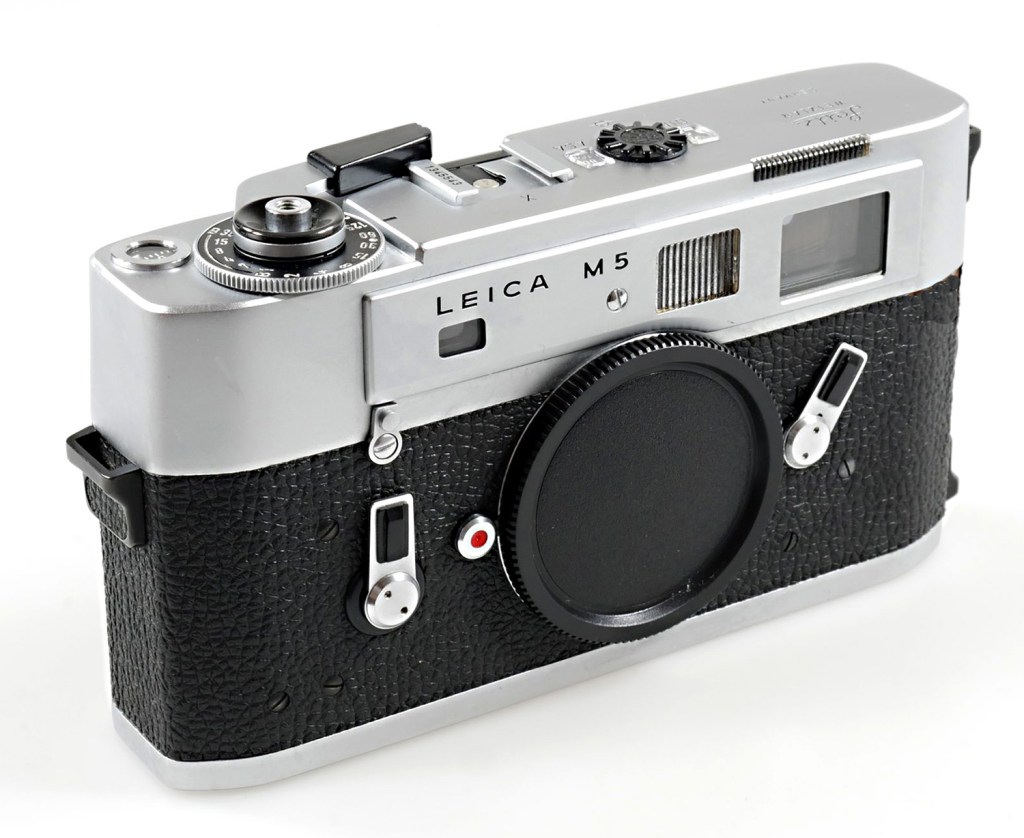
New bulkier and heavier body to allow for the incorporation of a through-the-lens (TTL), match-needle metering system. A cell on a moving arm swings up behind the lens in front of the shutter curtains as the film is advanced to fall away again prior to exposure.
1973: Leica CL
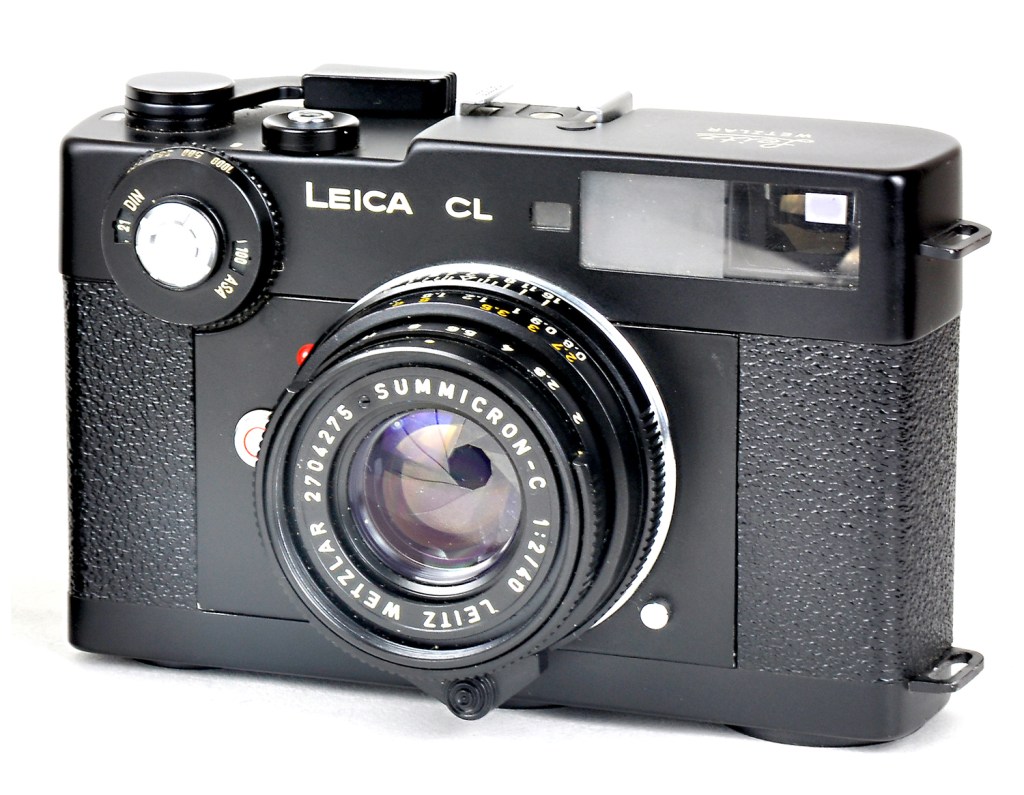
Taking the metering system of the M5 and packing it into a much smaller body, designed by Leitz in collaboration with, and built by, Minolta. Two Leica lenses were made specially for the camera: a 40mm f/2 Summicron-C and 90mm f/4 Elmar-C. Accepts most other M-series lenses, though super wide-angle lenses whose rear elements extend back into the body must be avoided for fear of damaging the moving metering arm.
1980: Leica M4-P
Similar to the M4, but with bright frames added in the viewfinder for 28mm and 75mm lenses. Motor drive facility.
1984: Leica M6
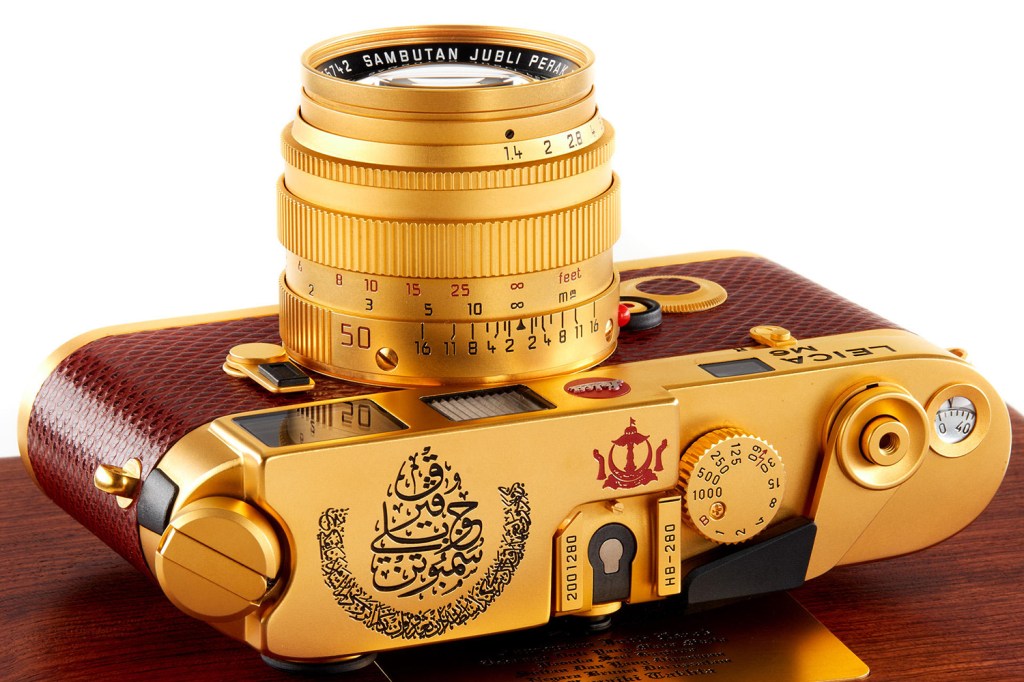
Rejecting the bulkiness of the M5, the M6 returned to the size and shape of the M3 with the technical spec of the M4-P. Electronic TTL metering with LED confirmation in the viewfinder. Full range of mechanical speeds. Originally made in black, with variations including chrome and grey titanium finish. Many special editions were produced for special occasions. Re-introduced in 2022.
2002: Leica M7
Similar to the M6, with 0.58, 0.72 and 0.85 viewfinder magnification versions. First M film camera with aperture priority exposure. Special solid titanium edition available in a kit with titanium-coloured lenses. Last of the M film cameras.
Leica SLR cameras
Confident of its position in the market with some of the best rangefinder cameras, it was 1964 before the first Leica SLR arrived to run side-by-side with the rangefinder film cameras that still had another three decades of development ahead.
1964: Leicaflex
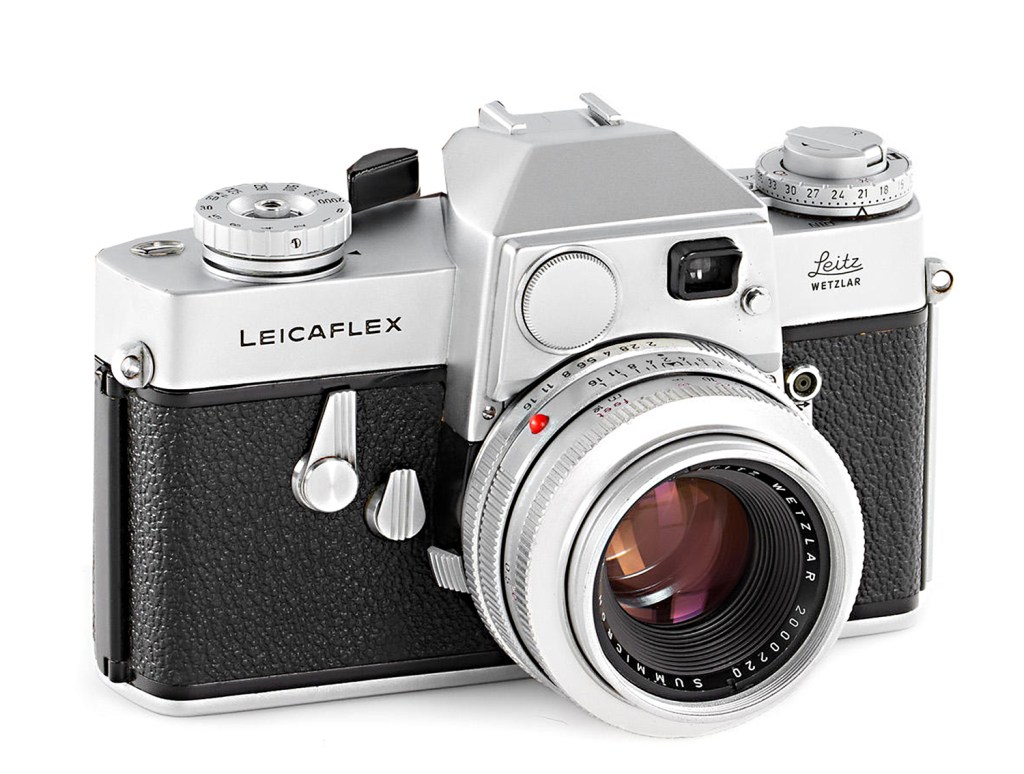
CdS cell in window above the lens to give match-needle metering in the viewfinder. New bayonet lens mount introduced a new range of lenses, although older Leica lenses can be used with an adapter. Top shutter speed of 1/2,000sec. Fixed pentaprism viewfinder. In 1968, the Leicaflex SL added TTL metering, and in 1974 the SL2 increased meter sensitivity with an improved viewfinder display and film loading.
1976: Leica R3

Leica SLRs were revamped with the first R-series camera, made in co-operation with Minolta. Vertically-moving, metal electronic shutter, aperture priority exposure, TTL spot or centre-weighted metering.
1980: Leica R4
Setting the size, shape and layout of Leica reflex cameras for the following 16 years. Five exposure modes, interchangeable focusing screens, exposure compensation, mechanical operation at 1/100sec, five frames per second motor drive and hot shoe flash contacts. The R4S in 1983 was similar but with a simplified shutter. The R5 in 1987 added TTL flash exposure and shutter speeds down to 12sec. The R6 in 1988 was manual with a mechanical shutter. The R7 in 1992 upgraded the TTL flash control, adding DX coding and increased meter sensitivity.
1996: Leica R8
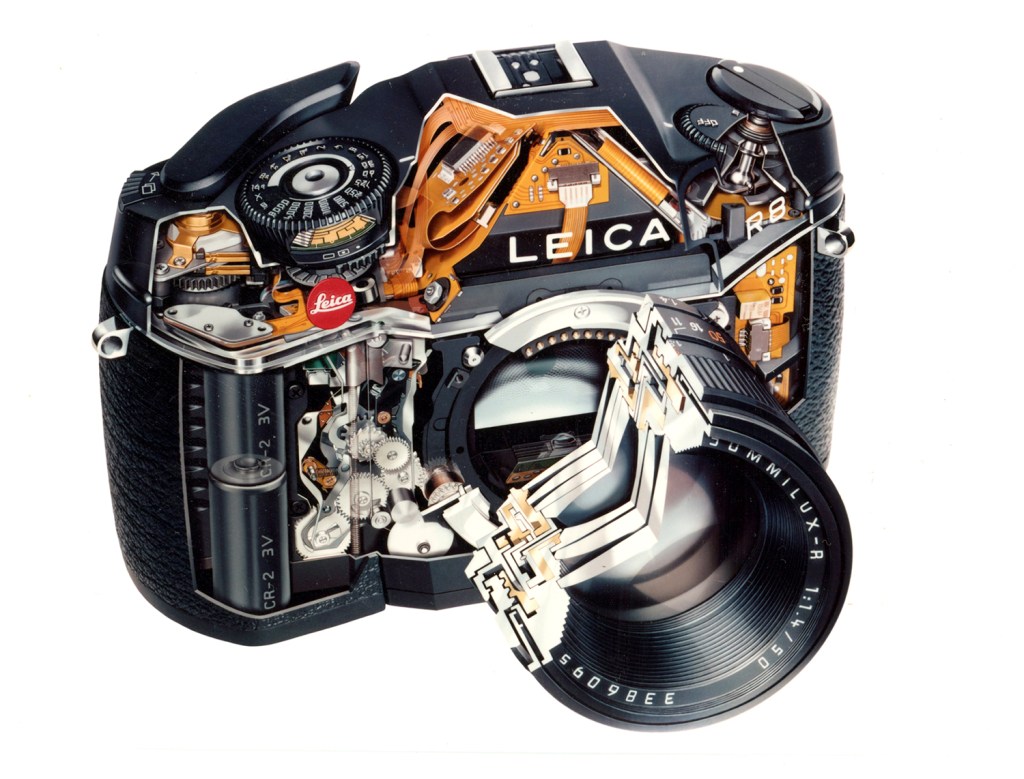
Complete rethink, both technically and in its more rounded body design. Improvements include extra contacts in the lens mount to exchange digitally-based information between the body and lens, stepless shutter, high eye-point viewfinder and multi-field metering. The R9 in 2002 added an illuminated back cover display, multi-pattern metering measured in tenths of an f-stop and flash synch with Leica’s High Speed Synchronisation flashguns up to 1/8,000sec. In 2004 the Digital Modul-R replacement back for the R8 and R9 converted them to 10MP digital SLRs.
Leica compact and sub-miniature cameras
Following the success of the M3, Leitz considered making a 16mm sub-miniature camera, but development was cancelled after only one complete camera had been produced. Instead, the company turned to 35mm compacts. The 1950s saw two compact prototypes, both half-frame models. The Leica Box was the first and featured interchangeable lenses; the second was the Leica H with a retractable lens and built-in meter. In 1974, a 110 camera was considered and rejected. It was more than a decade before the first compact appeared.
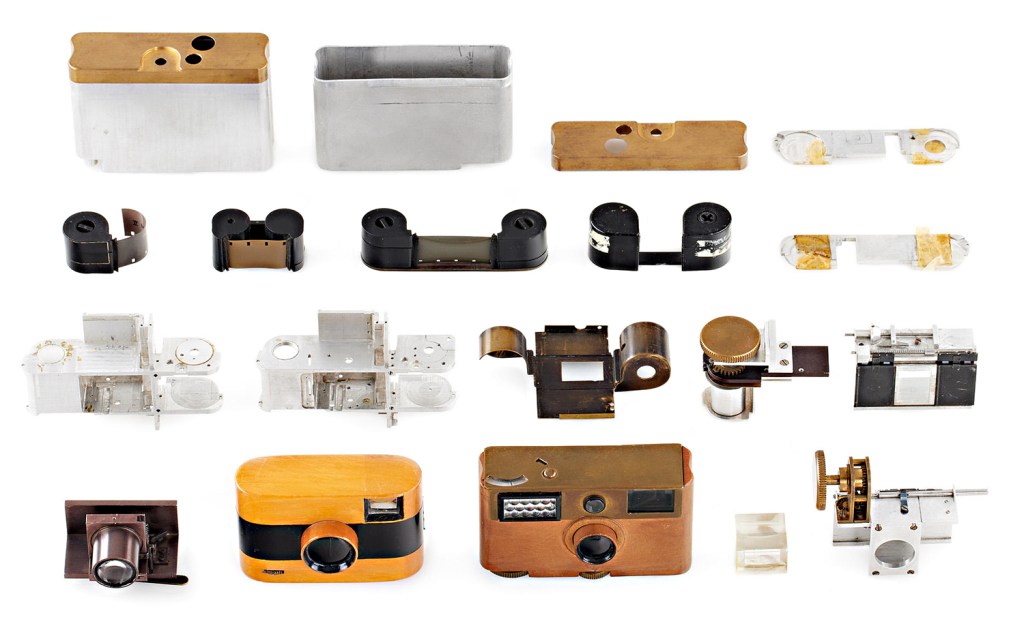
1989: Leica AF-C1
Leica’s first autofocus compact with a built-in 2x teleconverter to provide focal lengths of 40mm and 80mm. LEDs confirm focus and suggest when flash should be used. LCD panel to display other camera functions.
1991: Leica C2-Zoom
Leica’s first zoom compact with a 40-90mm f/3.5-7.7 lens. When needed, default programme automatically zooms lens and selects exposure for full-length portraits.
1991: Leica Mini
Ultra-compact design with autofocus 35mm f/3.5 lens, auto exposure and flash control. Exposure compensation, red-eye reduction and continuous shooting came with the Mini II in 1993. The Mini 3 in 1996 featured a 32mm f/3.2 lens. Finished in black with titanium front panel.
1993: Leica Mini Zoom
Vario Elmar 35-70mm f/4-7.6 autofocus lens, programmed metering, auto flash, automatic film loading, motorised film wind and rewind. In 1997, the Leica 72X was similar to the Mini Zoom, but added a databack.
1995: Minilux
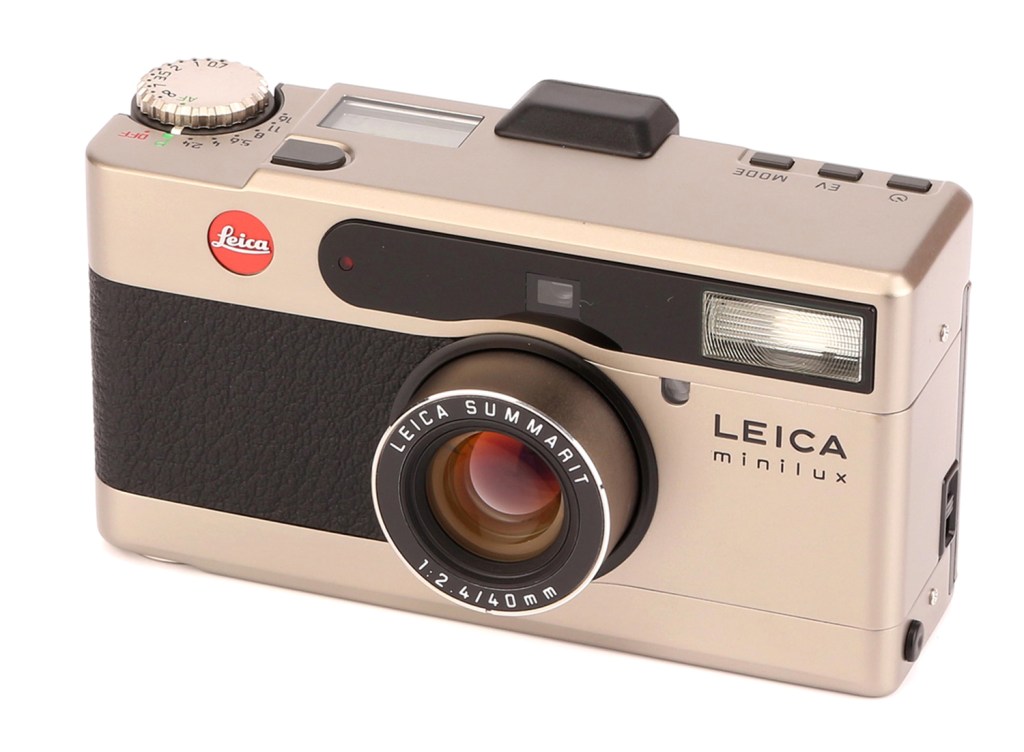
Twice the cost of other Leica compacts and confined to luxuriously-finished special editions in titanium with leather hand grip areas. Featuring a 40mm f/2.4 autofocus lens with manual override, bright line viewfinder, automatic film loading, wind and rewind. A new 35-70mm f/3.5-6.5 zoom lens was added with the Minilux Zoom in 1998.
2000: Leica C1
First of a new series of designs with more rounded ends to its aluminium body. Automatic program exposure and flash activation, autofocus 38-105mm f/4-10.5 lens, red-eye reduction. In 2002, the C2 added a 35-70mm f/4.6-8.6 lens, and the C3 added a 28-80mm f/3.6-7.9 lens.
2000: Leica C11
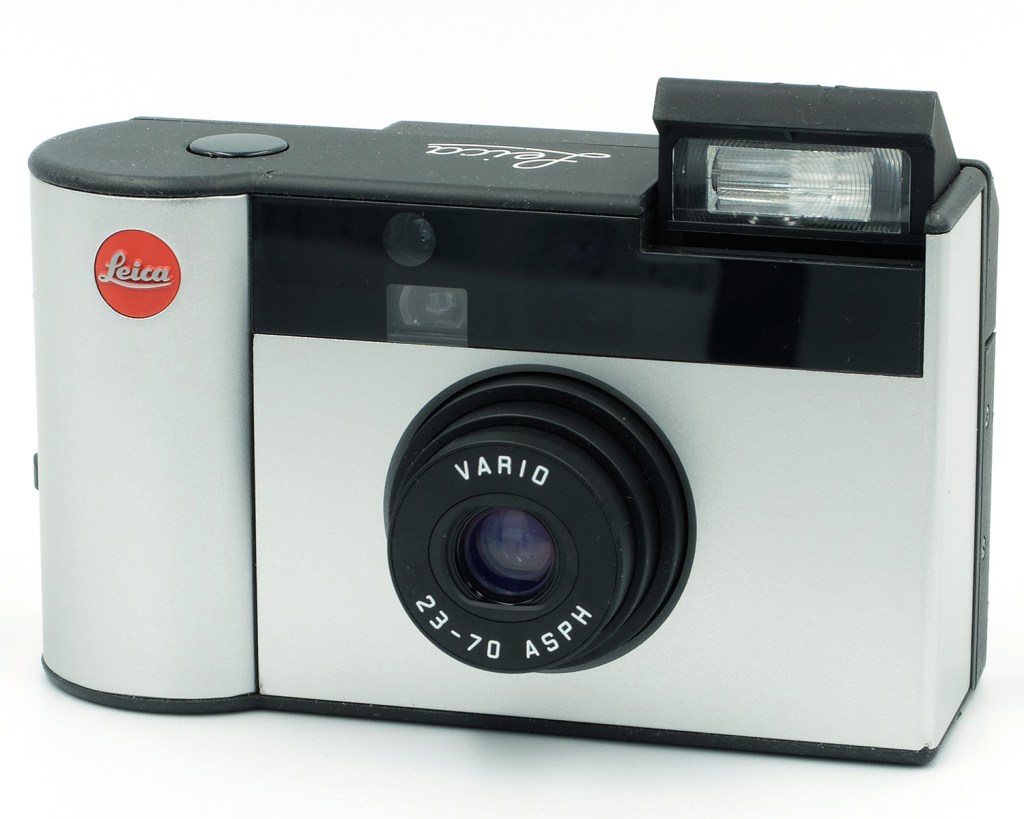
Only Leica made for the Advanced Photo System (APS). New design incorporating a hand grip, 23-70mm f/4.8-9.5 lens, active infra-red autofocus, auto flash activation and auto exposure with AE lock.
2003: Leica CM

Most versatile of all the compacts, incorporating technology from the previous year’s Leica M7. Titanium body, autofocus 40mm f/2.4 lens, aperture priority and programmed exposure, automatic flash activation, all with a high degree of manual override.
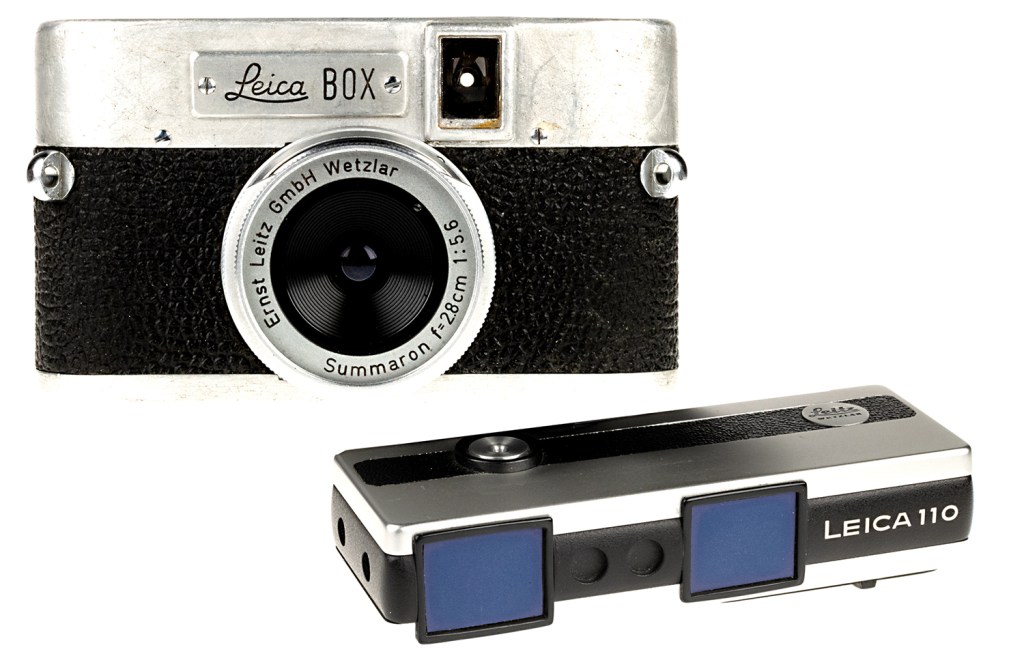
Leica digital cameras
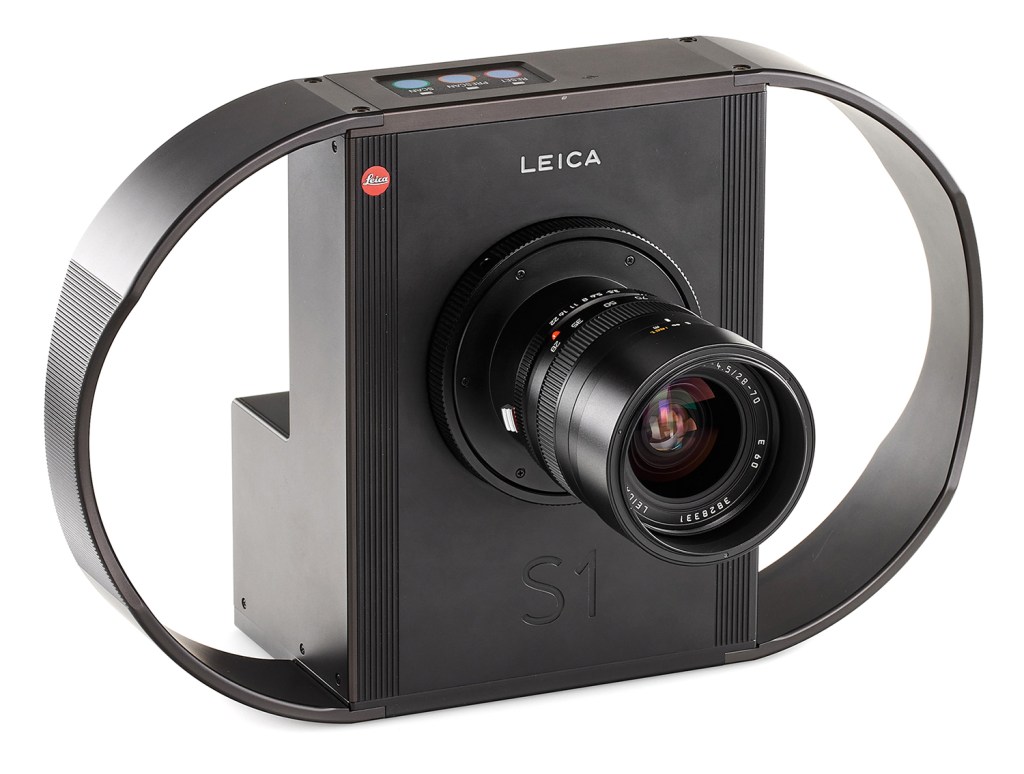
Leica’s first digital model was the S1, not so much a camera, more a film scanner with a lens. It accepted most Leica M and R lenses, and was aimed at still life photographers, studio work and archival documentation. Despite new models with extra sensor sensitivity being added, the cameras were phased out in 2003.
1998-2000: Digilux cameras
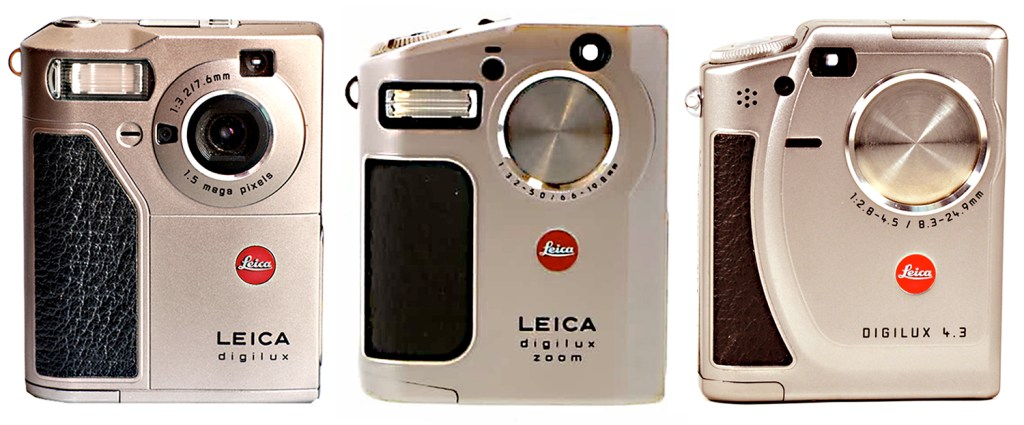
Made by Fujifilm and badged by Leica who also added internal digital and external cosmetic changes, the original Digilux featured an unusual vertically styled body with a 0.5in 1.5MP sensor and 7.6mm f/3.2 lens. Automatic exposure offers two aperture settings of f/3.2 and f/8 and integrated flash. In 1999 the Digilux Zoom added a 6.6-19.8mm zoom lens. The Digilux 4.3 in 2000 was slightly restyled, with a 2.4MP sensor and 8.3-24.9mm lens.
2002-2006: Digilux 1, 2 and 3
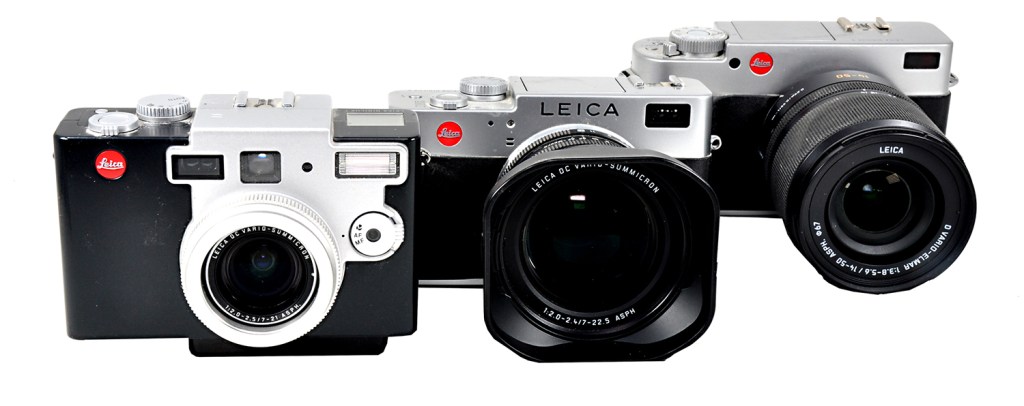
Leica’s first collaboration with Panasonic resulted in three Digilux cameras, each different from the other two. The design of the Digilux 1 from 2002 hints at a classic Leica rangefinder camera. Optical glass viewfinder linked to the 7-21mm f/2-2.5 Vario Summicron lens, 4MP sensor. Manual, auto and macro focus settings. Centre-weighted, multi-field and spot metering modes.
The following year the Digilux 2, looked like a Leica M3 transformed into an SLR. Fixed 7-22.5mm lens and electronic viewfinder. Centre-weighted or multi-field metering, 5MP sensor, traditional film camera-like controls for aperture, shutter speeds, focusing and zooming. Aperture and shutter priority, program or manual modes.
The Digilux 3, from 2006, is different again with interchangeable lenses and reflex viewfinder that works via four mirrors rather than a pentaprism. This was Leica’s only foray into the Four-Thirds system, meaning it accepts not just Leica lenses, but also a comprehensive range from Olympus and Panasonic. Direct and bounce options offered with the built-in flashguns on both the Digilux 2 and 3.
2006: Leica M Digital cameras
Continuing with the iconic shape, style, form and function of the M-series film cameras, complete with coupled rangefinder and manual focus lenses, the M8 took on board a 10MP 27x18mm CCD sensor (only slightly larger than the 35mm half-frame format). Although launched with a Tri Elmar M 16-18-21mm f/4, lens the camera also accepts lenses from the M-series film cameras.
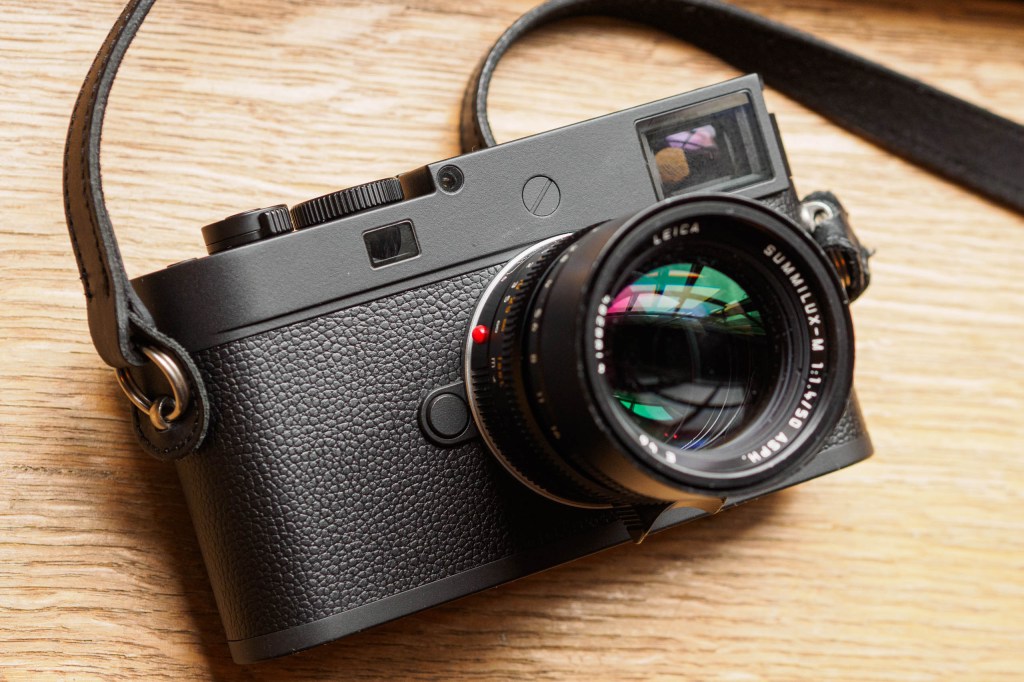
The M8 was followed by many M cameras, including the M9 with a full-frame sensor, the M Monochrom for black and white imaging, the super-slim M10 and M11 with 60MP CMOS sensors. The M digital cameras are the current flagship models of the Leica range and show a heritage not just from the Leica M3 of 1954, but also reaching back to the first Leica in 1925. Today, Leica is unique in providing a digital camera with an optical rangefinder.
2006: Leica C-Lux 1
Stylishly designed compact cameras based on Panasonic Lumix compacts, with equally compact sensors, these pocketable cameras hold their value, but one thing that doesn’t hold up is image quality. Three updates followed.
2006: Leica V-Lux 1
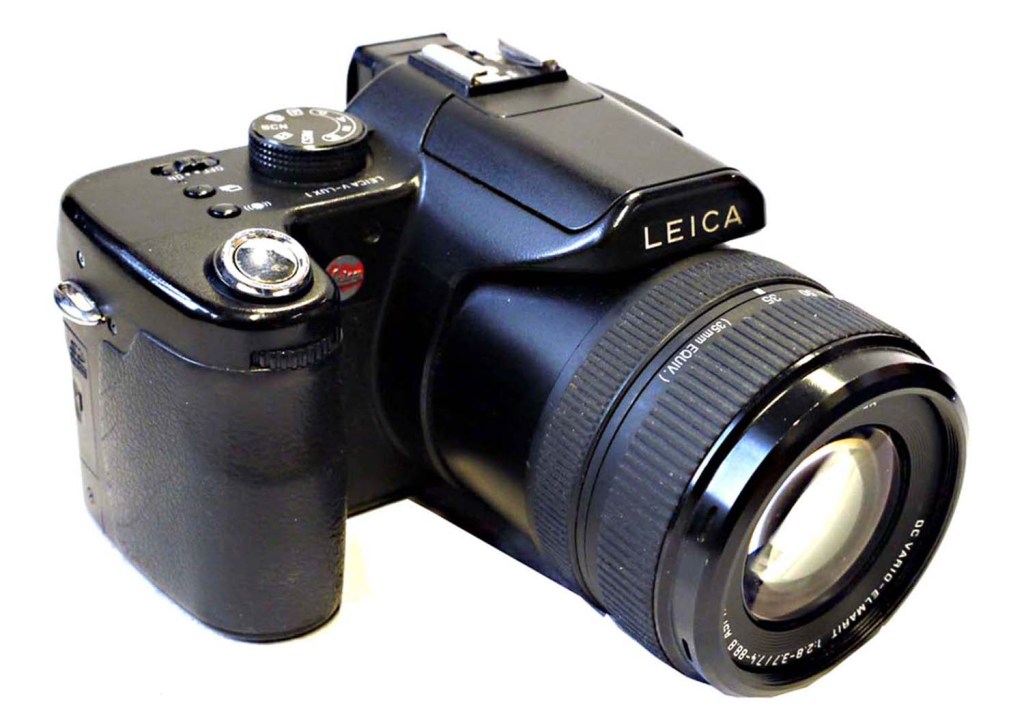
Based on the Panasonic DMC-FZ50, combining the abilities of a mirror SLR with the size of a compact, using a 7.4-88.mm f/2.8 lens. Followed by eight upgrades.
2014: Leica D-Lux Series
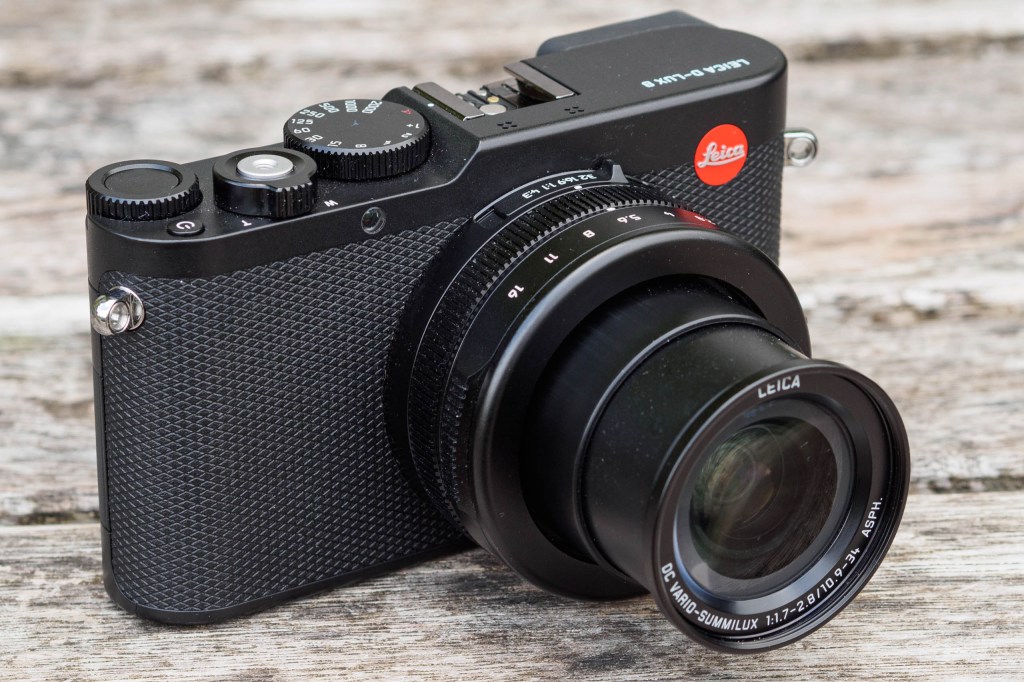
Range of compact cameras with 17.3 x 13mm size sensors and zoom lenses, developed from the Panasonic/Lumix LX series. The current model, the D-Lux 8, was introduced last year.
2015: Leica Q Series
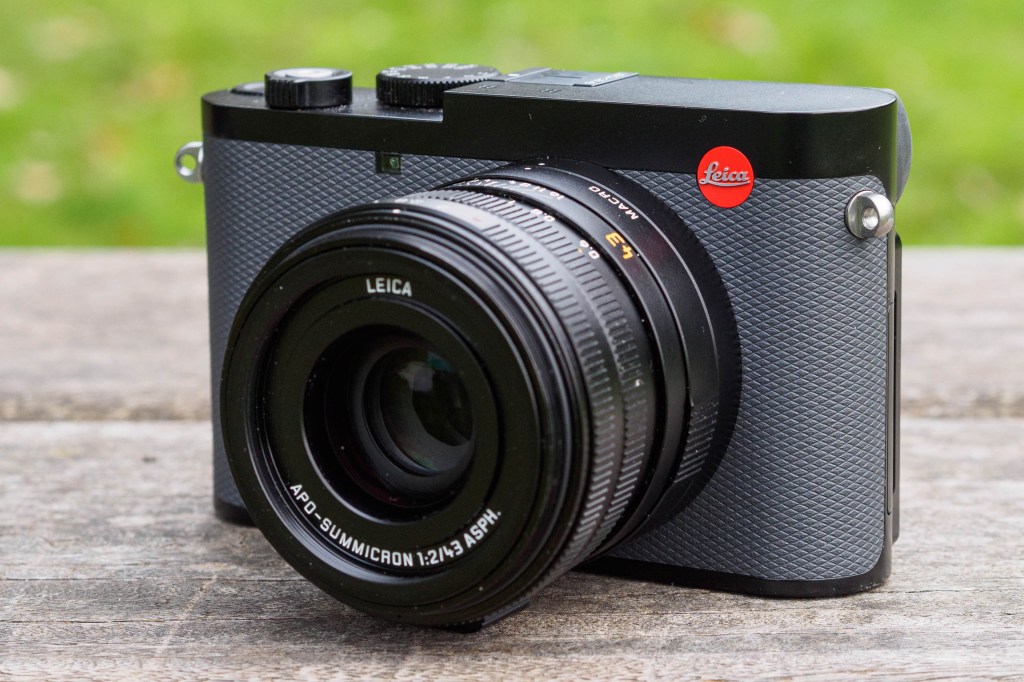
Relatively compact Leica fixed lens camera with full frame sensor ranging from 24MP in the Q to 60MP in the Q3. The lens was originally a 28mm f1.7 Summilux, but a 43 mm Summicron APO lens was available as an option in 2024. Proven to be extremely popular with traditional Leica users.
2015: Leica SL
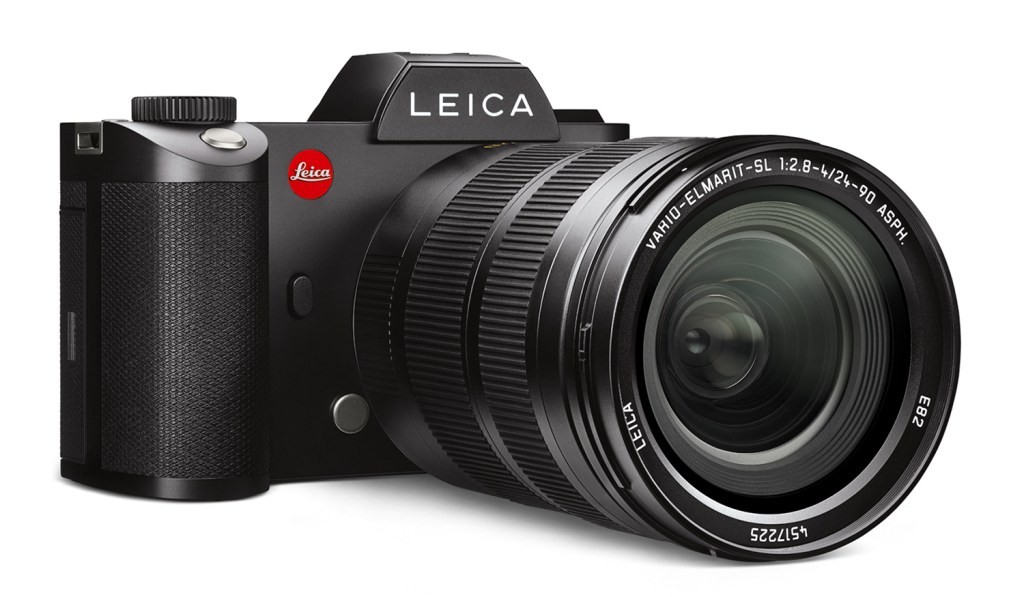
After the Leica R9 film SLR, plans were afoot to produce the R10 as a digital model. It never happened. Instead the SL arrived, a high-end, full-frame, 24MP mirrorless camera with high-res electronic viewfinder among its high specs. An L-Mount lens consortium with Panasonic and Sigma, has now increased the range of lenses available.
2025: Leica SL3-S
The pinnacle of Leica perfection. New BSI CMOS full-frame sensor with 24MP native resolution, 48MP and 96MP multi-shot modes and a new autofocus system incorporating the latest generation of phase detection AF, object detection AF and contrast detection AF. Also the first SL camera to enable the photographer to ‘sign’ each image with full metadata, originally introduced in the Leica M11-P in 2023.
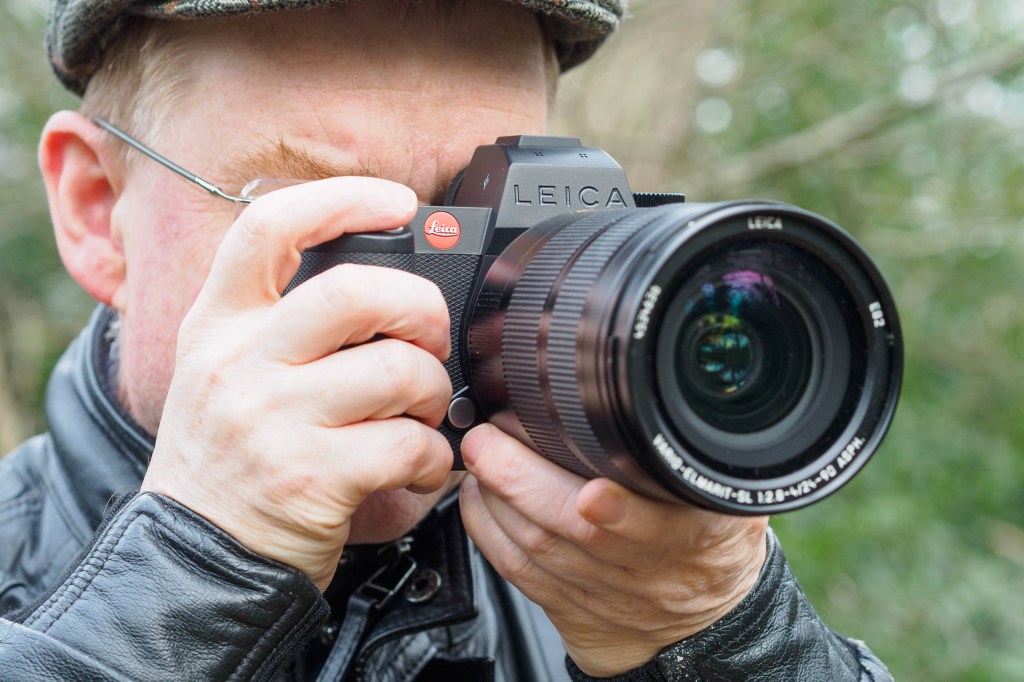
Back in 1925, it’s doubtful that even the collective forward thinking of Oskar Barnack and Ernst Leitz combined could have begun to envisage how their humble little camera would metamorphose into anything like the Leica digital cameras now available 100 years later.
Acknowledgements
Grateful thanks to all those who allowed my use of their pictures for this article. Their names are credited with their pictures. Uncredited illustrations are from my own collection and picture library. Thanks also to Leica aficionado William Fagan for checking my words, approving what I got right, adding what I missed out and gently indicating what I got wrong.







